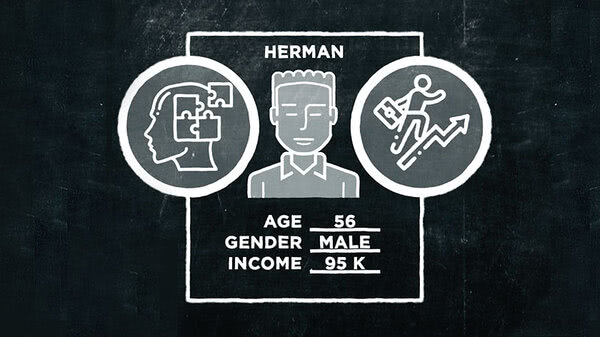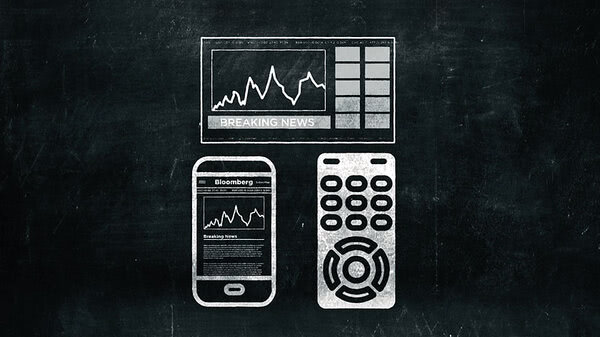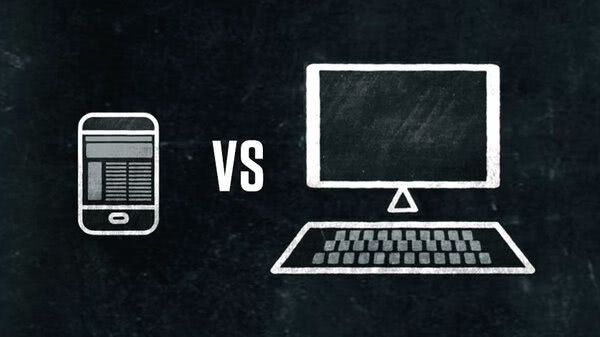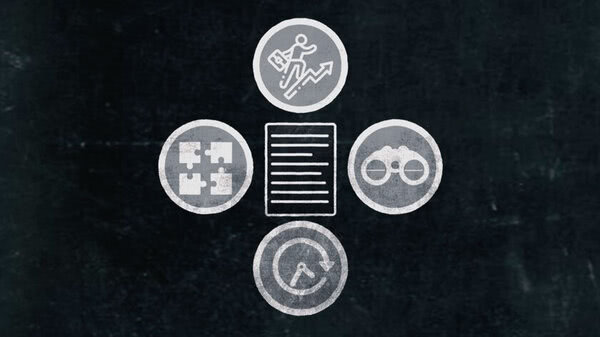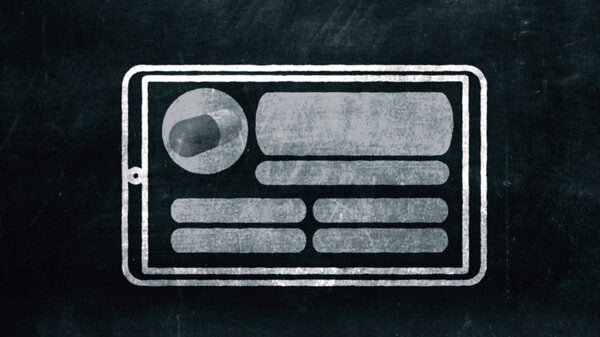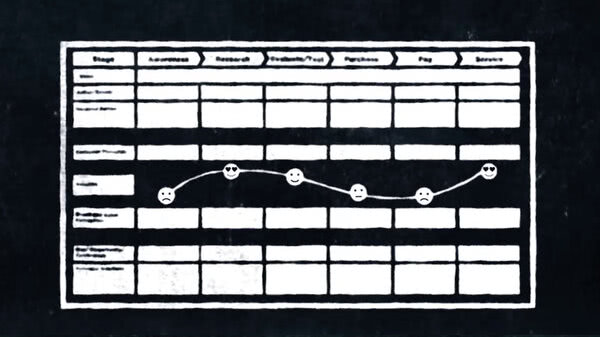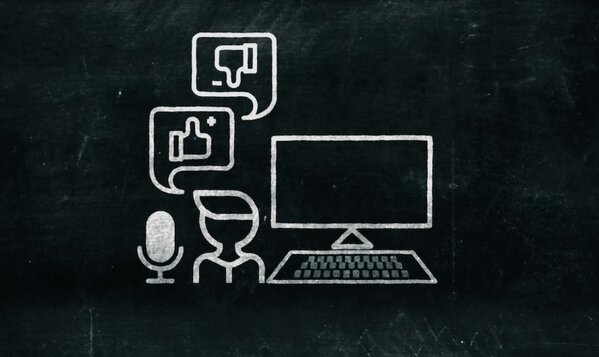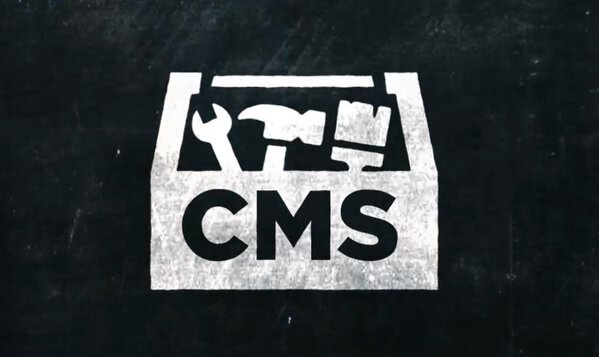So, you've done some research to guide your construction of the perfect persona and the data is pouring in. You've put it all into a spreadsheet. Now what do you do?
Your next step is to find patterns in the data you've collected. You're looking for things that the people you've interviewed have in common. These may be patterns of psychological traits, their desires, their favorite types of fish, personal goals, things they find difficult.
They can also be purely circumstantial. Occupation, income, whether they live in a town or a city. You might even notice words or phrases that show up repeatedly in verbal and written comments. These patterns are going to be the basis for the qualities that you assign to your persona.
If you find that most of the subjects from whom you've collected data are introverted males in their twenties with a strong desire to control their environment, then it's probably not a good idea to make your persona a free-spirited woman in her fifties who yearns to travel the world.
Once you've identified a number of these commonalities, you can start to rebuild your original first guest persona. In our case, Herman. Now you can start writing down these qualities. This can be done free form, in word clouds and paragraphs - however you're comfortable recording your thoughts. Or you can use a template. That's up to you.
But a template is really useful for keeping some consistency among the different personas that you come up with. For example, if you give one persona a hobby, a template ensures that you give a hobby to all your personas.
Obviously not the same hobby, but a hobby of some kind that adds another dimension to their personality. As you do this, you might notice other patterns in the data that just don't fit with the first persona, but keep cropping up.
Then it's probably time to start putting together a second persona with a different set of characteristics. While you work, you'll be applying your imagination and hopefully your best judgment. For example, if you're describing a persona as shy or quiet, don't give her a hobby like, say, break dancing.
In a test survey conducted by Forrester Research, one of the faults shared by poor personas was that they were inconsistent or unrealistic. They weren't believable. So, while break-dancing wallflowers undoubtedly exist somewhere, that market segment is likely so small, it's not worth focusing on.
While you want to create a persona that is detailed, you don't want to get bogged down in too many attributes that have no relevance to your persona's behavior regarding the product. Ask yourself if the detail you're including affects the persona's buying motivations. Because in our case, if you remember, we're creating personas to help build a website whose goal ultimately is to sell something. In this case, aquarium fish.
That's enough to begin characterizing our persona. Next, we're going to put our character on his feet and get him walking around in the world.




